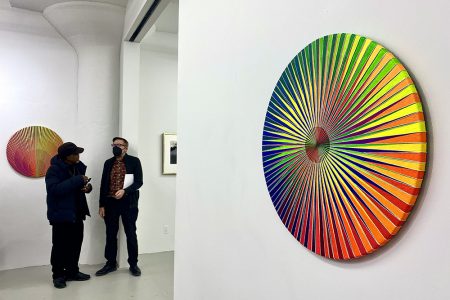
Eye of the Storm: Circulos Vibrante
As Guyanese at home and abroad awaited Referendum Day in neighbouring Venezuela in varying states of preparedness, concern, and anxiety, Guyana-born New York City-based artist Carl F Anderson (b.

As Guyanese at home and abroad awaited Referendum Day in neighbouring Venezuela in varying states of preparedness, concern, and anxiety, Guyana-born New York City-based artist Carl F Anderson (b.
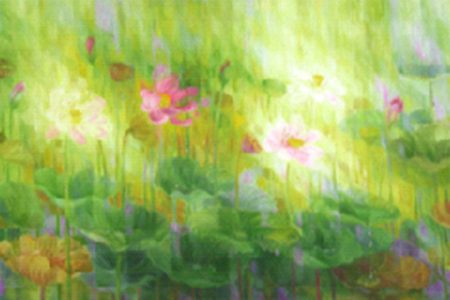
In Hinduism and Buddhism, the lotus flower holds spiritual significance that surpasses that of any other botanical.
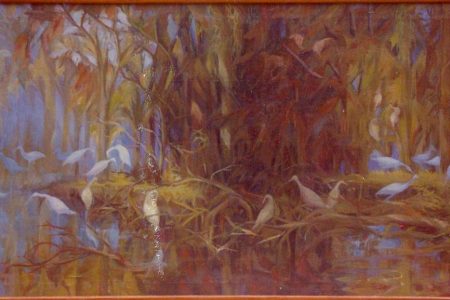
As noted in last week’s article, “Bernadette Indira Persaud AA – A visual poet…mostly in her words”, Persaud had a predilection for art as a child which she nurtured whenever opportunities arose.
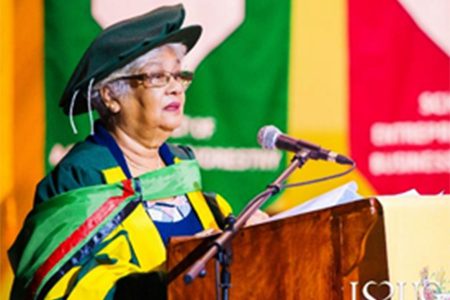
“If there are ten doors you could go through and only one you must go through, a kind God closes the other nine.”
Of late, everywhere I turn there is cause for creatives to be encouraged, inspired, and motivated!
The words in an ancient text are churning in my mind.
Dear Art Educators, Especially tertiary art educators, why are you teaching?
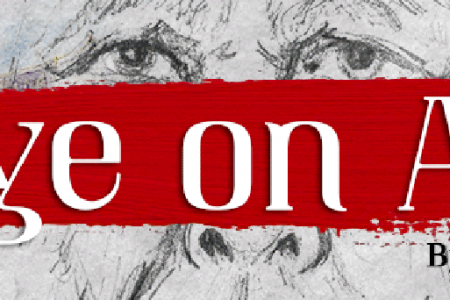
On Monday, October 16, the National Gallery of Art (NGA) Castellani House along with the Faculty of Education and Humanities of the University of Guyana hosted the opening of “Musings, Guyanese Folktales, and Figures of the Ramlila”, an art exhibition featuring works from the two prospective graduates of the university’s BA in Fine Art Programme, current students, recent alumni, and two lecturers of the Division of Creative Arts (DCA).
“More professionalism is needed!” Such has been the revived rant in my head as circumstances beyond my control have led me down the memory lane of exhibition-making.
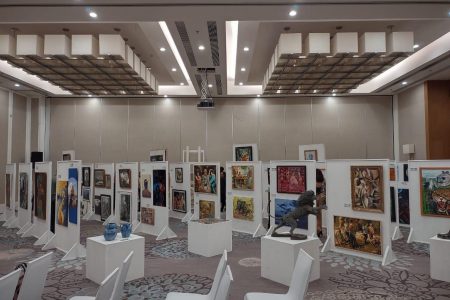
Congratulations are in order for the organisers of ‘Beyond the Brush’ a pop-up, two-day commercial art gallery deep within the Marriott Hotel, Guyana.
Surveying our Guyana-based visual art community in 2023, must give one cause to pause.
My mind is wandering! I think of the young university graduate desiring to further her studies at the master’s level in art, but unable to do so because of the costs of studying in a foreign land.
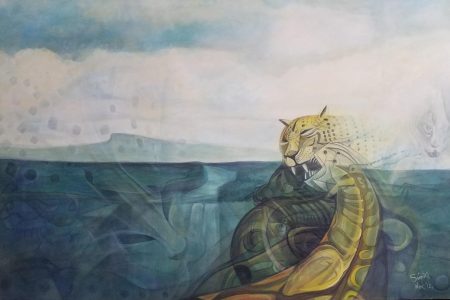
Henry Muttoo (MBE), a wise arts-man of the Caribbean, in August said as he accepted a Guyana Cultural Association of New York Lifetime Achievement Award, “Give the people not what they want but what they should want.”
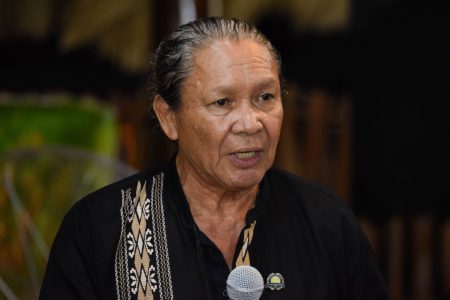
September is here, which means it is Heritage Month. During this month, the National Gallery of Art, Castellani House will host an exhibition of artwork by mostly Indigenous artists who form the group The Moving Circle.
One of the best-kept secrets in Georgetown appears to be the National Gallery of Art, Castellani House.
As a trainee or professional artist, nothing beats seeing art in person and seeing lots and lots of it.

There is value in the traditional. Despite my advocacy for more contemporaneity in visual art practice locally (because colloquially speaking we need to shake things up), I do value traditional approaches to art and most definitely training that is steeped in the traditional.
What is the work saying? This is my question to myself when confronted with artwork that lacks formal strength (good use of the elements of art and the principles of design) and which also lacks technically sound use of the materials and its methods.
I have been asked why I don’t write about music or some other creative discipline.
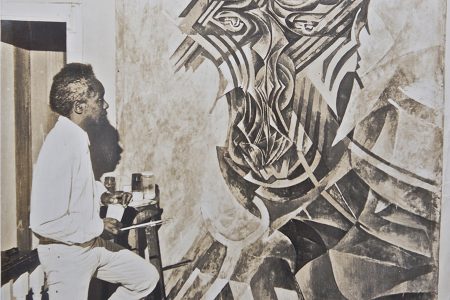
Denis Williams’s (1923 – 1998) December 1950 exhibition shortly after his return to London at the Gimpel Fils Gallery was a success.
The ePaper edition, on the Web & in stores for Android, iPhone & iPad.
Included free with your web subscription. Learn more.